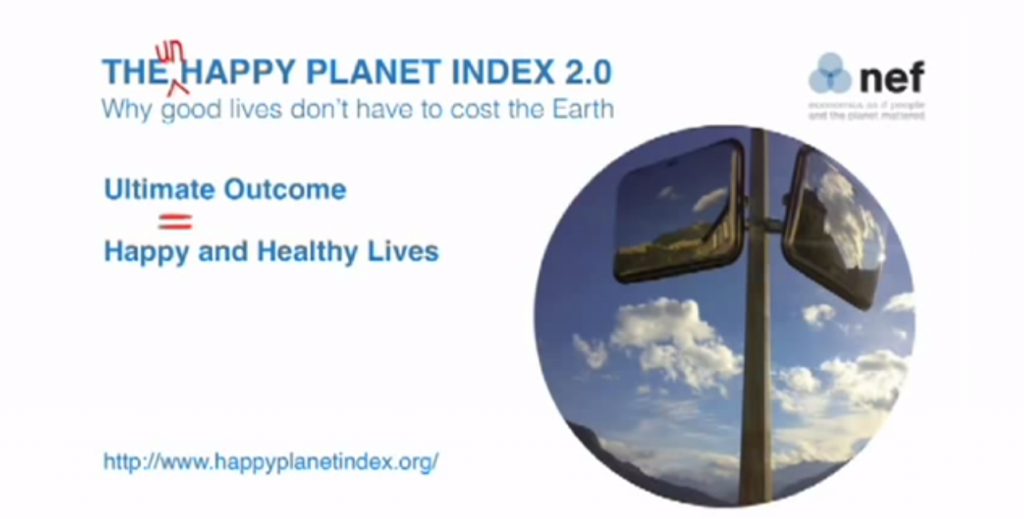
Classroom activities
Here you’ll find some practical ideas for working with the clip. Choose the ones that suit your teaching aims, particular group of learners, your teaching style, and then plan your own lesson.
PRE-VIEWING ACTIVITIES
‘Section Experts’
Form groups of four. Ask each group to decide who is ‘A’, ‘B’, ‘C’ and ‘D’. Then tell them that they will become Section Experts, they will be responsible for a section of a short video that you will watch together in the following lesson.
Student A: 0:00 – 1.20 min, Student B: 1.20 – 2:30 min, Student C: 2.30 – 3:25 min, Student D: 3:25 – 4:20 min
As experts, they need to know everything about their part of the video:
- the meaning of all words and expressions (they need to be able to paraphrase, explain them in English, as well as translate them)
- the spelling of all the words
- the pronunciation of all the words
- key language chunks
- what the main idea of the section is
You can hand out the relevant section of the transcript to each student, or just ask them to listen to it at home.
Happy Planet Index transcript: Happy Planet Index transcript
(You can also find the transcript on TED talks here.)
‘Two-in-One Quotes’
Here are two quotations mixed up. Ask your students to unjumble them and work out the two quotes.
any external conditions / practice compassion / if you want to be happy/ if you want others to be happy / happiness doesn’t depend on /it is governed by our mental attitude / practice compassion
The two quotes are:
- Happiness doesn’t depend on any external conditions, it is governed by our mental attitude. (Dale Carnegie)
- If you want others to be happy, practice compassion. If you want to be happy, practice compassion. (Dalai Lama)
‘Happiness Recipe’
POST-VIEWING ACTIVITIES
‘Follow-up Questions’
‘Student Generated Quiz’ (follow-up to ‘Section Experts’)
‘Country Posters’

















In regard to country posters that students can make after choosing some country, have students go into the happyplanetindex online, they’ll find a world map and can see how their own country or any other rates according to this remarkable index.
You’ll find that Mexico has a much higher happiness index (52.9) than any country in Europe, including Sweden, and far higher than the US (37.3). Why are millions of Mexicans leaving Mexico and migrating north to the U.S. Because of poverty. The highest countries in the world are in Central America, including Nicaragua (57.1) , Honduras, Cuba (56.2) and Costa Rica (64). The United States is just behind Belarus (37.4) and Ukraine (37.6)! Yes, Ukraine. So one can wonder what sort of an index this actually is.
Spain, in severe economic trouble, gets a score of (44), Greece, in extreme crisis (40.5). just ahead of Iceland (40.2). Germany, at 47.2, is just ahead of Uzbekistan. Africa has the lowest, Chad, Niger, Mali all below a score of 30. Vietnam is one of the ‘happiest’, at 60.4. Myanmar is 44.2, happier than Canada (43.6). Nepal (45.6), one of the world’s poorest countries, is ‘happier’ than Canada and the US and just behind the UK, at 47.9. Laos, the poorest country in SE Asia, is 49.1, just behind India, its close neighbor. India, at 50.9, is happier than most of the world, but just behind Algeria at 52.2. Among the happiest countries in the South America are Venezuela (56.9) and Colombia (59.8).
A number of the ‘happiest’ countries lie in the tropical zone. The question of electricity is central here, also no heating bills in winter. And a growing season all year long, many local fruits and vegetables. Coffee bean exports.
In the case of Costa Rica, it’s a country without a military, of less than 5 million inhabitants. So virtually no high expenses to support an army and all its expensive equipment, or an air force.
Very interesting in the case of Costa Rica is the fact that its key banks are all run by the government, public banks, people’s banks. Nic Marks doesn’t mention this but students can find out a lot about that aspect online. State-owned and state-operated banks, four of them. Something like in the socialist economies in Eastern Europe 25 years ago. Probably few such banks exist elsewhere, none in your own country. There is only one such public bank (run completely by the state) in all of the United States (North Dakota, one of the smallest U.S. states in population). The Green Party in the U.S. has campaigned for public banks now for a number of years, pointing to the North Dakota State Bank (NDSB). The big banking interests in the U.S. are of course totally opposed to this. Students can find info on NDSB easily.
Many people think Costa Rica’s relative success economically is due to this almost unique kind of banking system in an otherwise market economy. Why Vietnam, a country nearly destroyed by the U.S., should have a happiness rating above 60, among the highest in the world, is another enigma. Material things really don’t count? What do students think?
I also wanted to say that the country where we live, Bulgaria, has the lowest ‘happiness’ index in Europe (34.1), and in fact anywhere in the industrial North. Even lower than Afghanistan (36.8). It also has the highest emigration index perhaps anywhere in the world at this point, over 20% of its population since 1990.